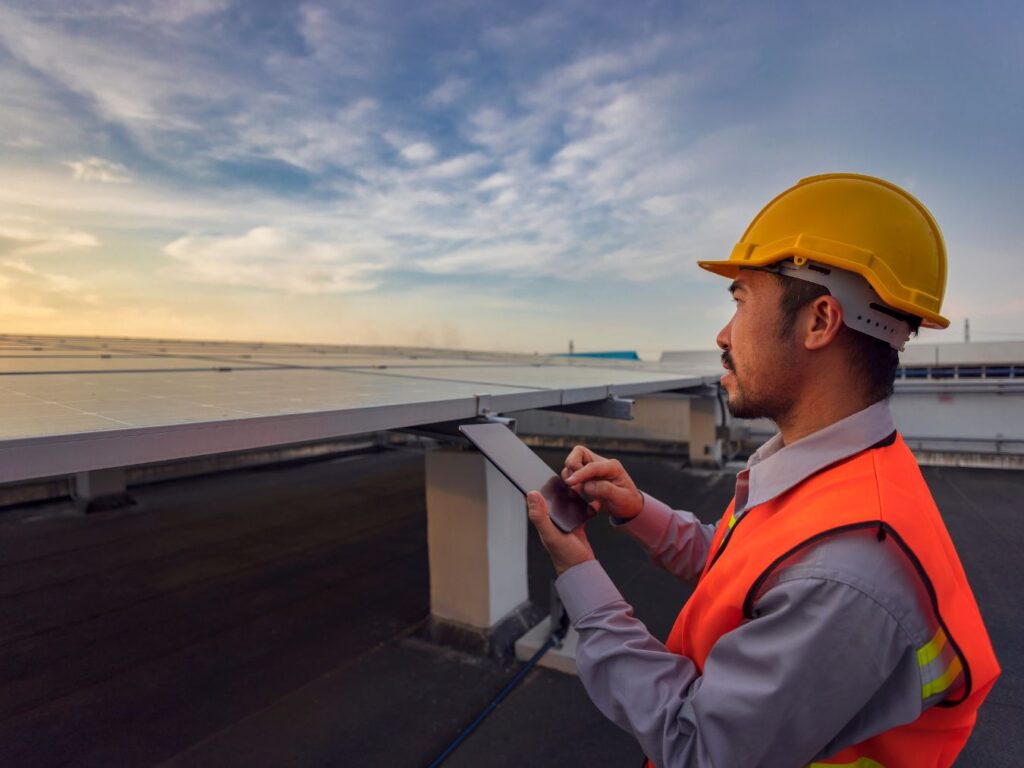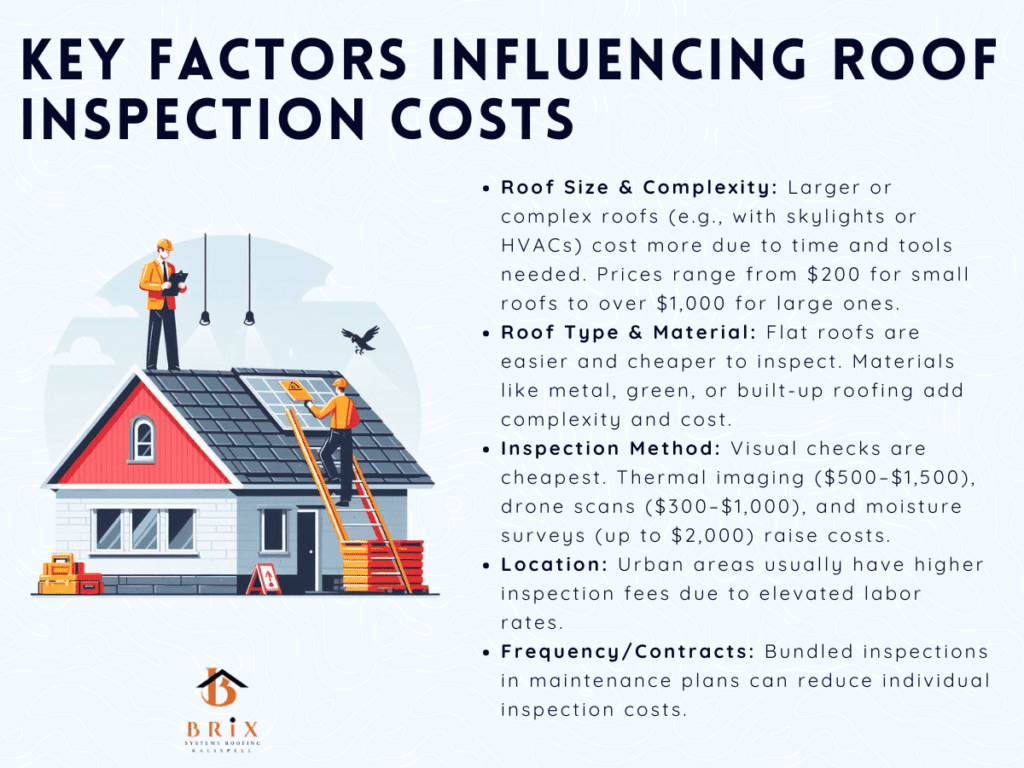
When it comes to managing a commercial property, few elements are as critical—and often overlooked—as the roof. Whether you’re overseeing a warehouse, office complex, retail space, or industrial building, regular roof inspections can mean the difference between minor maintenance and major repairs. But what exactly goes into a commercial roof inspection, and how much should you expect to pay?
In this comprehensive guide, we’ll break down the cost of commercial roof inspections, what factors influence the pricing, what’s included in a typical inspection, and why investing in regular assessments can save your business thousands in the long run.
A commercial roof plays a vital role in protecting your property, inventory, staff, and customers. Exposure to wind, rain, UV rays, and temperature fluctuations can take a toll on roofing materials. Without proper maintenance, these small damages can lead to costly structural issues, mold, or even complete roof failure.
According to the National Roofing Contractors Association (NRCA), it is recommended to inspect commercial roofs twice a year—once in the spring and once in the fall—to catch any seasonal wear and tear early. (NRCA Inspection Guide)

The cost of a commercial roof inspection in the U.S. typically ranges from $200 to $1,000 or more, depending on various factors such as:
Let’s break these factors down further.

A 5,000 sq. ft. flat roof is much quicker and easier to inspect than a 30,000 sq. ft. roof with HVAC units, skylights, and varying slopes. Larger or more complex roofs require more time, effort, and often specialized equipment.
Different materials require different inspection techniques. For instance:
Basic visual inspections are more affordable, while high-tech solutions add to the cost.
Labor rates and the cost of living affect pricing. For instance, inspections in urban areas like New York City or Los Angeles may cost more than in rural locations.
Some companies offer lower inspection fees as part of a maintenance agreement. For instance, annual or bi-annual inspections may be bundled with preventative repair packages.
A professional inspection should go beyond a quick look at your shingles. A thorough inspection typically includes:
Sample reports might include drone images, thermal scans, and CAD-based roof layouts.
Why DIY Inspections Can Be Risky
It may be tempting to send your maintenance crew to inspect the roof and avoid costs, but this approach has significant limitations. Without proper training or tools, staff may:
Hiring a licensed and insured professional ensures a comprehensive and safe evaluation. Plus, it may be required for warranty compliance with certain roofing systems.
Although inspections have an upfront cost, they often lead to long-term savings:
A small crack or leak can grow into a costly repair or complete roof replacement if undetected. Inspections catch these issues early.
Routine maintenance guided by inspections can extend your roof’s lifespan by 5–10 years or more, saving thousands in early replacement costs.
Properly sealed and insulated roofs reduce energy waste. Inspections identify problems that might compromise insulation or reflectivity.
Some insurance policies require periodic inspections to maintain coverage. An up-to-date inspection report can also support claims after weather events or accidents.
See FM Global’s Roof Inspection Guidelines for more details.
When selecting a professional roofing inspector or contractor, consider:
Understanding the cost of a commercial roof inspection means more than knowing the price tag. It involves recognizing the investment in your building’s structural integrity, tenant safety, and long-term financial planning. Whether your property is a small storefront or a sprawling industrial complex, routine inspections are a proactive step toward building longevity and budget efficiency.
If you're unsure where to begin, start by requesting quotes from local certified inspectors and schedule your next inspection before the next heavy season hits. The roof above your head is too important to ignore.